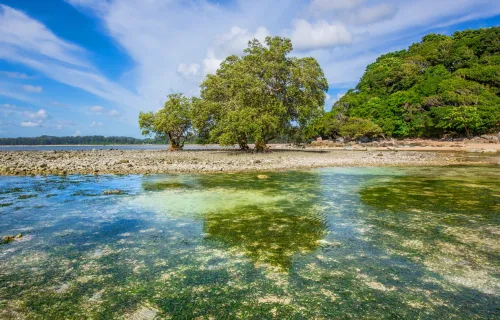On March 11, 2011, an 8.9 magnitude earthquake, one of the largest ever recorded, struck Japan, triggering a huge 23-foot tsunami and a series of nuclear accidents. The staggering loss of lives and property, as well as the threats posed by the nuclear crisis, prompted a swift and massive outpouring of aid from the international community. CGI was among those who responded, helping both victims and clients impacted by the tragedy.
In the U.S., for example, CGI members partnered with the American Red Cross to raise funds for earthquake victims. A website for soliciting and receiving donations was quickly set up, and CGI committed to matching member donations up to $15,000. In total, $49,086, including the $15,000 match, was collected for the Red Cross in the immediate aftermath of the disaster.
In addition, CGI professionals provided critical support to clients impacted by the disaster, such as the U.S. Environmental Protection Agency. The EPA has a nationwide radiation-monitoring system that continuously monitors the nation’s air and is capable of detecting even the slightest increases in radiation. The technology backbone behind the system is the Central Data Exchange (CDX), which CGI has supported for two years.
CGI’s work to make the underlying CDX architecture more flexible and scalable paid off in the face of Japan’s nuclear emergency. Requests for radiation data increased from 50,000 per month to more than 1.1 million in a 24-hour period in response to the nuclear threat.
CGI members also worked around the clock to support a user-friendly public website set up by the EPA to keep Americans up to date on the crisis and easily interpret radiation data collected. The site included a monitoring station map, radiation results, announcements and frequently-asked questions. While the EPA has returned to routine radiation monitoring, the site remains accessible for historical and informative purposes.




